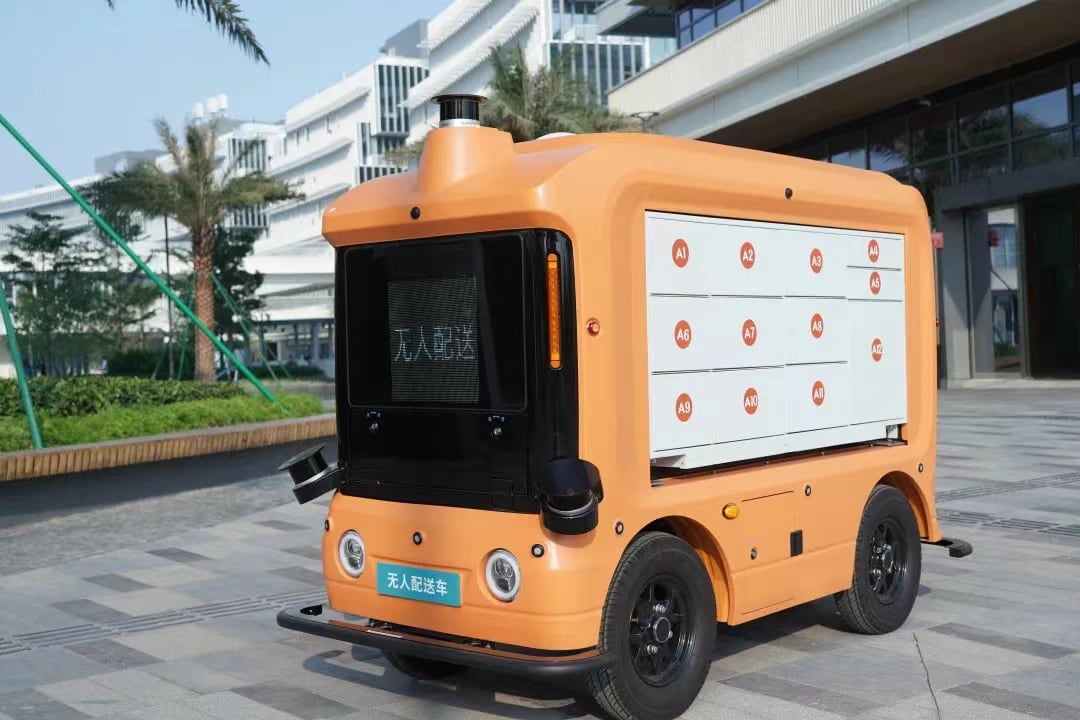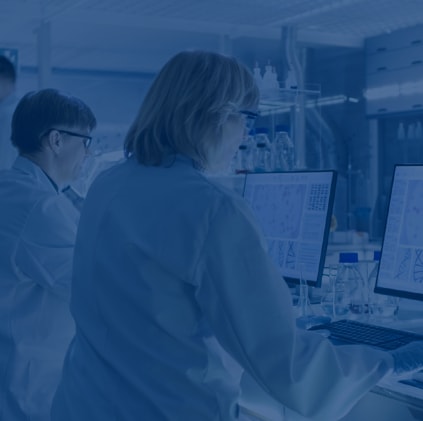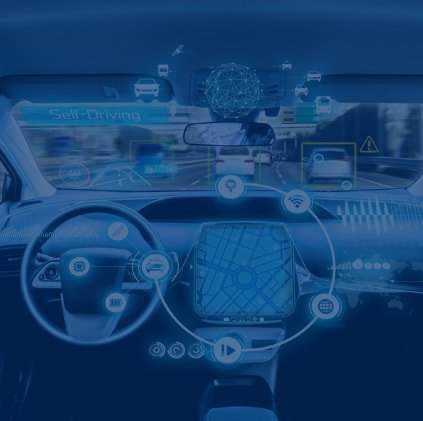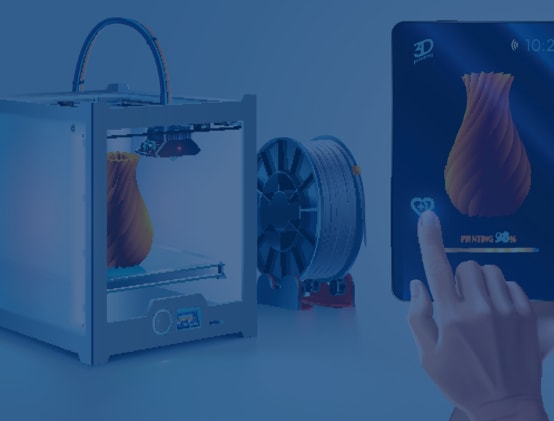- About
- AcademicsAcademics
- Overview
- What the World Needs
- What is Cross-disciplinary?
- Academic Structure
- Hubs and Thrust Areas
- Education Innovation
- HKUST Fok Ying Tung Graduate School (Guangzhou)
- Academic Registry Services
- Academic Quality Manual
- Academic Calendar
- Faculty Profiles
- University Forum
- Undergraduate Programs & Courses
- Campus Life
- Research
- Knowledge Transfer
- News
- Global EngagementGlobal Engagement
- About
- Academics
- Overview
- What the World Needs
- What is Cross-disciplinary?
- Academic Structure
- Hubs and Thrust Areas
- Education Innovation
- HKUST Fok Ying Tung Graduate School (Guangzhou)
- Academic Registry Services
- Academic Quality Manual
- Academic Calendar
- Faculty Profiles
- University Forum
- Undergraduate Programs & Courses
- Campus Life
- Research
- Knowledge Transfer
- News
- Global Engagement
Robotics and Autonomous Systems
Robotics is a transdisciplinary branch of engineering and science that deals with the design, construction, operation, and use of robots, as well as computer systems for their control, sensory feedback, and information processing. An autonomous system is a system that performs tasks with a high degree of autonomy (without external influence). Designing and managing Robotics and Autonomous Systems requires diverse skills from various engineering disciplines such as electronics, mechatronics, control and signal processing together with state-of-the-art computer science such as software architecture, algorithms and data structures or artificial intelligence.

Mission
This thrust area studies the integrative system that deals with the design, construction, operations, as well as the control element for sensing, feedback, and data processing. It also aims at performing intended tasks with a high degree of autonomy. These technologies are used to develop machines that can substitute humans and replicate human actions.

Cross-Disciplinary Focus Areas
- Autonomous Robotic Systems
- UUV, USV, and UAV Systems
- Field Robotics
- Robotics and Autonomous Systems for Underwater, Offshore, Nearshore, Forest, and Agriculture
- Robotics and Autonomous Systems for Construction and Social Infrastructure Maintenance
- Biologically Inspired Robotics and Biomimetic Robots
- Personal Assistive Robotics and Human-Robot Interaction
- Robotic Manipulation and Grasping
- Robot Learning, Embodied AI, and Swarm Intelligence
- Robotic Arts




